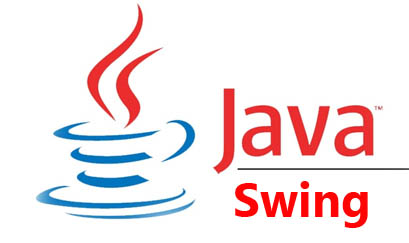732-491-7281 Mon.-Fri. 10:00-18:00 EST
Swing is a GUI widget toolkit for Java. It is part of Oracle's Java Foundation Classes (JFC) – an API for providing a graphical user interface (GUI) for Java programs.
Swing was developed to provide a more sophisticated set of GUI components than the earlier Abstract Window Toolkit (AWT). Swing provides a native look and feel that emulates the look and feel of several platforms, and also supports a pluggable look and feel that allows applications to have a look and feel unrelated to the underlying platform. It has more powerful and flexible components than AWT. In addition to familiar components such as buttons, check boxes and labels, Swing provides several advanced components such as tabbed panel, scroll panes, trees, tables, and lists.
Unlike AWT components, Swing components are not implemented by platform-specific code. Instead, they are written entirely in Java and therefore are platform-independent. The term "lightweight" is used to describe such an element.
Though Swing is intended to be replaced by JavaFX, it will remain part of the Java SE specification for the foreseeable future.

Swing is a highly modular-based architecture, which allows for the "plugging" of various custom implementations of specified framework interfaces: Users can provide their own custom implementation(s) of these components to override the default implementations using Java's inheritance mechanism.
Swing's heavy reliance on runtime mechanisms and indirect composition patterns allows it to respond at run time to fundamental changes in its settings. For example, a Swing-based application is capable of hot swapping its user-interface during runtime.
Swing's high level of flexibility is reflected in its inherent ability to override the native host operating system (OS)'s GUI controls for displaying itself. Swing "paints" its controls using the Java 2D APIs, rather than calling a native user interface toolkit. Thus, a Swing component does not have a corresponding native OS GUI component, and is free to render itself in any way that is possible with the underlying graphics GUIs.